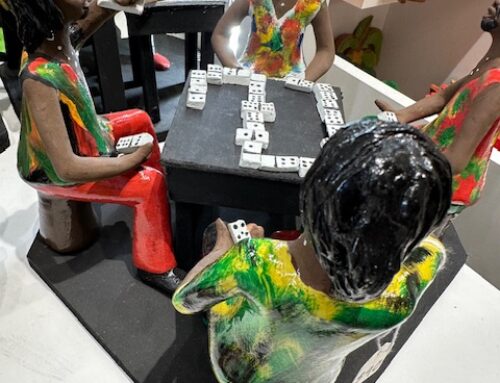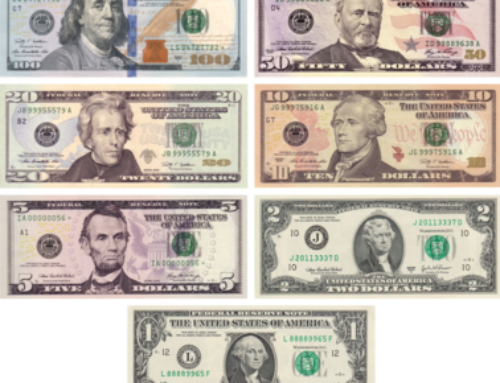“The levels of hell. Dante wrote about his journey through hell. The levels are not biblical.”
In the realm of biblical misconceptions, many users agree that the idea of Satan reigning over the fiery depths of hell is a common misbelief. The Bible does describe Satan as a tempter and adversary, but it doesn’t cast him as the warden of the underworld.
In Mark and Matthew, Jesus preaches about the impending “Kingdom of God,” and by that, he didn’t mean a kingdom in heaven. Jesus envisioned a kingdom here on earth and that those who followed God’s laws would be bodily resurrected to live in this glorious new era. He believed it was coming soon, too — within a generation (Matthew 24:34).
Discussing the concept of hell, some users noted that the intricate levels of hell, as famously depicted by Dante Alighieri in “The Divine Comedy,” are not found in the Bible. Dante’s imaginative journey through hell has captured our imaginations, but it’s essential to distinguish between literary works and biblical teachings.
A noteworthy point emphasized by users is the Bible’s guidance on humility in religious practices. While some may boast about their religious devotion, the Bible advises praying and worshiping in private rather than seeking public recognition. It’s a reminder that true faith isn’t about showmanship.
Dante Alighieri’s “Inferno” is the first part of his three-part epic poem “The Divine Comedy,” written in the 14th century and considered one of the world’s great works of literature 1. The poem describes Dante’s journey through the nine circles of Hell, guided by the poet Virgil 1. Here are the circles of Hell in order of entrance and severity:
- Limbo: Where those who never knew Christ exist. Dante encounters Ovid, Homer, Socrates, Aristotle, Julius Caesar, and more here 12.
- Lust: Self-explanatory. Dante encounters Achilles, Paris, Tristan, Cleopatra, and Dido, among others 12.
- Gluttony: Where those who overindulge exist. Dante encounters ordinary people here, not characters from epic poems or gods from mythology 12.
- Greed: Self-explanatory. Dante encounters more ordinary people but also the guardian of the circle, Pluto, the mythological king of the Underworld. This circle is reserved for people who hoarded or squandered their money, but Dante and Virgil do not directly interact with any of its inhabitants 12.
- Anger: Dante and Virgil are threatened by the Furies when they try to enter through the walls of Dis (Satan). This is a further progression in Dante’s evaluation of the nature of sin; he also begins to question himself and his own life, realizing his actions and nature could lead him to this permanent torture 12.
- Heresy: Rejection of religious and/or political “norms.” Dante encounters Farinata degli Uberti, a military leader and aristocrat who tried to win the Italian throne and was convicted posthumously of heresy in 1283. Dante also meets Epicurus, Pope Anastasius II, and Emperor Frederick II 12.
- Violence: This is the first circle to be further segmented into sub-circles or rings. There are three of them—the Outer, Middle, and Inner rings—housing different types of violent criminals. The first are those who were violent against people and property, such as Attila the Hun. Centaurs guard this Outer Ring and shoot its inhabitants with arrows. The Middle Ring consists of those who commit violence against themselves (suicide). These sinners are perpetually eaten by Harpies. The Inner Ring is made up of the blasphemers or those who are violent against God and nature. One of these sinners is Brunetto Latini, a sodomite who was Dante’s own mentor 12.
- Fraud: This circle is divided into ten bolgias or ditches that house different types of fraudsters such as panderers (pimps), seducers, flatterers, simoniacs (church officials who sell religious favors), sorcerers, false prophets, hypocrites, thieves (who steal through fraud), evil counselors (who use their knowledge for personal gain), divisive individuals (who cause discord), falsifiers (alchemists or counterfeiters) 12.
- Treachery: This circle is divided into four rounds that house different types of traitors such as those who betrayed their kin or country (Caina), those who betrayed their guests (Antenora), those who betrayed their benefactors (Ptolomea), and those who betrayed their lords or benefactors (Judecca). Satan resides at the center of this circle where he chews on Judas Iscariot’s head while his other two heads chew on Brutus and Cassius’ heads respectively 12.



